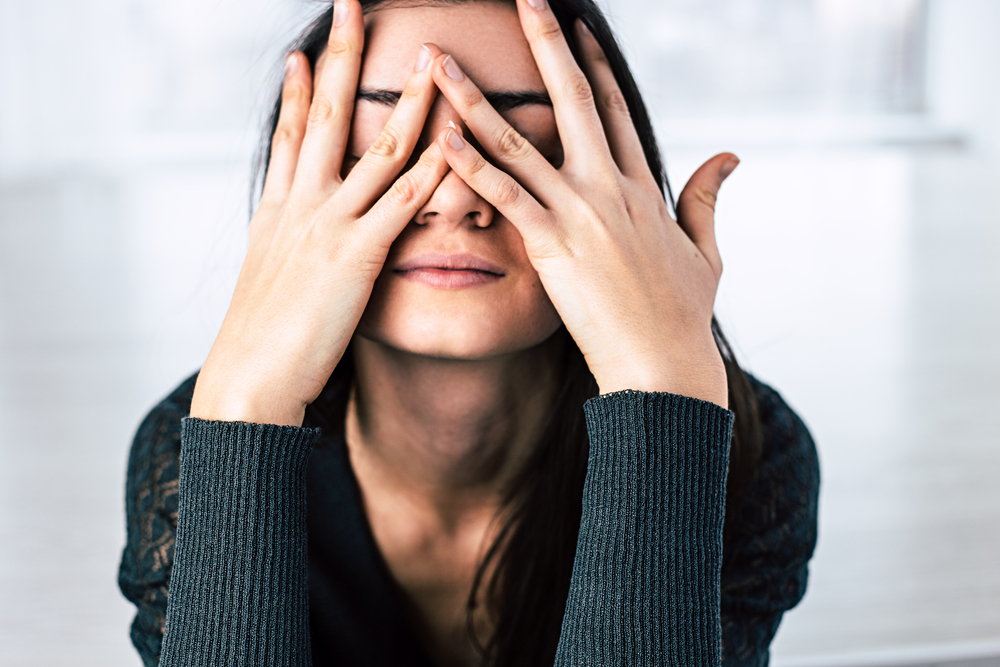Can COVID-19 Cause Seasonal Affective Disorder? Experts Weigh In

To be honest, I had never heard of Seasonal Affective Disorder (SAD) until I stumbled upon some research saying that more people can get it this year than ever.
Turns out more than 5% of the U.S. adult population experiences SAD and its symptoms may last for up to 40% of the year, the American Psychiatric Association states. But how does this mental illness manifest and why can COVID-19 increase the likelihood of suffering from it?
In today’s post, I’ll answer all of those essential questions and more. Let’s start with the most important one:
What is Seasonal Affective Disorder?
Seasonal affective disorder, or SAD, is a type of recurrent depression which can come and go with a certain season. Although its acronym is pretty descriptive, this mental condition can make you feel much more than just sad.
Most of the times, the disease starts showing in the late fall or early winter and usually goes away by late spring or the beginning of summer.
According to the American Psychiatric Association (APA), SAD might be caused by a biochemical imbalance in your brain. This change occurs when the day gets shorter and we get less sunlight than in summer. As our biological internal clock is trying to adapt to this change, there might be some sort of confusion and disruption of the usual schedule and mental performance.
Another cause for SAD may be a reduction in serotonin levels which are heavily influenced by sunlight. Also known as the hormone of happiness, a lack of this neurotransmitter can affect your mood negatively and is often linked to depression.
Dr. Luis Allen, psychiatrist and medical director of the AdventHealth’s Center of Behavioral Health, says that your location may increase the risk for developing this illness. The further away you live from the Ecuador, the higher the incidences of SAD.
The National Institutes of Health (NIH) also lists the following risk factors:
- Being a young adult
- Being female
- Having a family history of depression
- Having a history of bipolar disorder
How COVID-19 Influences SAD
There might already be enough factors of risk for developing this illness. Unfortunately, though, the stress brought by the COVID-19 pandemic can also bring seasonal affective disorder.
“COVID has brought major life changes, traumas, and stresses to a great number of people — not to mention the physical illnesses for those positively affected by the virus. This could become a serious concern for those with a history of SAD, particularly in the northern parts of our country and even more so in the areas most affected by the pandemic.” – Dayry Hulkow, primary therapist at Vista Pines Health
Since one of the most common symptoms of SAD is social withdrawal, social distancing rules can also cause a reverse effect by increasing the risk for developing this mental condition.
Continues on the next page…


